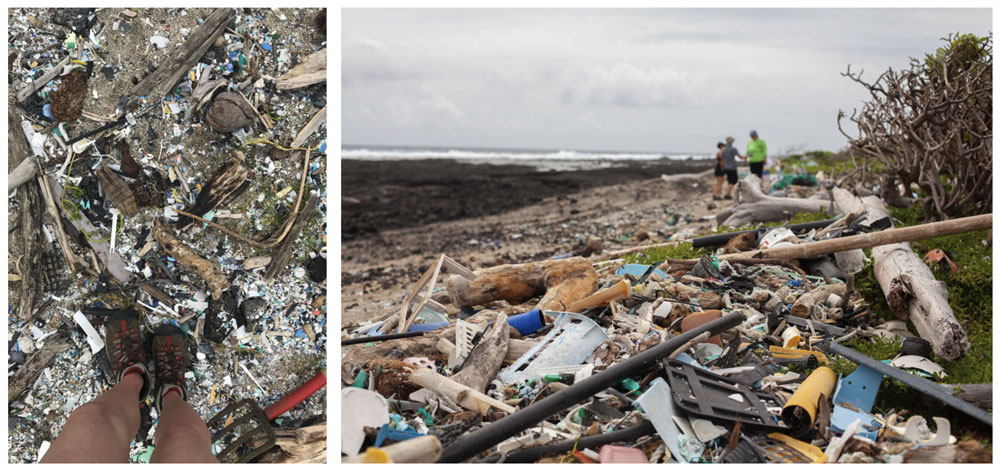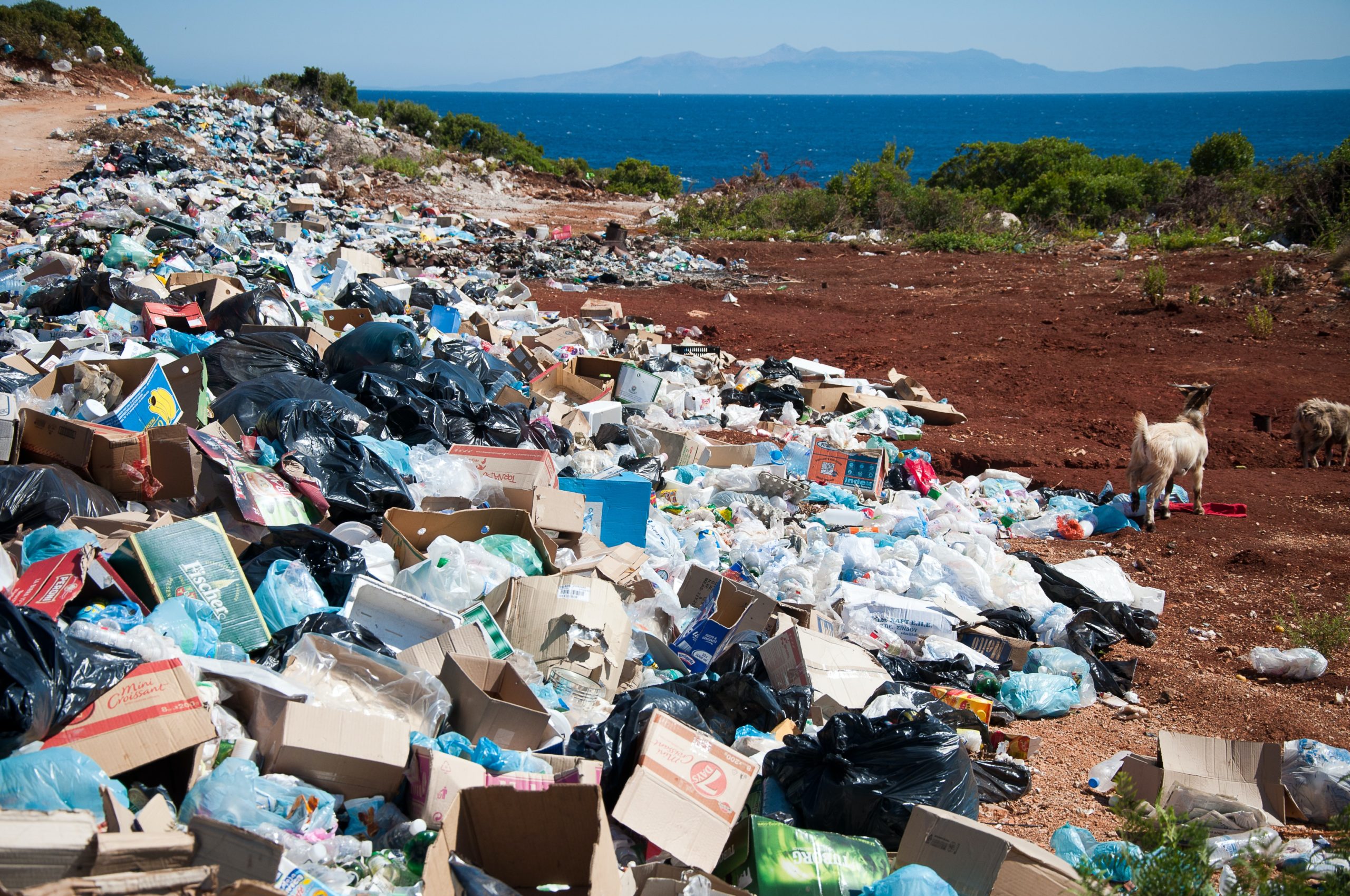Each year, Plastic Free July spurs consumers to consider their plastic consumption and move toward change. It’s a great cause and an important step—but this year, let’s take it even further and consider moving away from single-use plastic altogether.
When plastic makes its way to the ocean, it also finds a home in coral reefs, causing serious problems for these elaborate structures of the sea. The world’s coral reefs are home to some of the most diverse ecosystems on the planet, supporting over 4,000 types of fish, and over a million aquatic species depend on reefs at some point in their lives.
The good news is you don’t have to live anywhere near the ocean to make an impact on coral reefs. Remember, everything leads to the ocean, so being mindful of how often you purchase, use, and discard plastic is key. What we consume on land, no matter how well it’s discarded can easily find its way to waterways where it can harm fish, birds, coral reefs and so much more. Your role as the consumer puts you into a position of power. You can use your voice to advocate for change, make a personal decision to decrease plastic usage, and educate others on the amount of waste that harms our coral reefs and the planet at large.
Plastics and Our Oceans
How gut-wrenching are these photos?
The impact of waste on the ocean is clear as day. Plastic entangles wildlife, the Great Pacific Garbage Patch covers over seven million square miles and is clouded with micro-plastics, and beaches are constantly littered with trash no matter how many cleanups are carried out.

But what we see here is barely scratching the surface of the damage being done to our oceans. Plastic makes up about 18% of landfill waste, and millions of tons of it wind up in our oceans each year.
A 2018 study gave us a better understanding of the impact of all that plastic on reefs in particular. Researchers studied 159 coral reefs in Australia, Thailand, Indonesia, and Myanmar, and discovered that when corals come in to contact with plastic, the likelihood for disease increases from 4% to 89% (woah…). Floating bits of plastic block out sunlight, spread pathogens, and cut into corals, making them more susceptible to infection.
The study also showed that coral reefs off the coast of Australia had the least amount of plastic nearby. This is likely thanks to more vigorous waste management systems compared to other surveyed regions as well as the reefs being much further off shore.
Climate Change and Waste
We’re already seeing the devastating impacts of climate change on coral reefs around the world. From warming temperatures and rising sea levels to extreme weather and ocean acidification, every resident of the ocean is adapting to these changes to their environment or perishing in its wake.
The scary part? These effects will worsen year over year without some serious climate action, and coral reefs are among the most vulnerable. This is especially concerning as a quarter of all marine life depends on their survival.
In 2016, over half of all coral reefs faced extreme heat stress, and 29% of the Great Barrier Reef was killed. From 2014 to 2017, 75% of the world’s coral reefs faced bleaching-level heat. Coral bleaching occurs when corals become stressed, most often when ocean water gets too warm. Corals will “eject” the symbiotic algae (called zooxanthellae) that live inside them. When corals lose their algae, they not only lose their color (turning white) but also their built-in food source.
Read more about Coral Bleaching here >

Research shows that corals can adapt to the effects of climate change if they are healthy. That requires us keeping them healthy (i.e. keeping waste out of the ocean) and it requires us to slow the rate of our emissions.
As we use and purchase more plastic, we continue to contribute to this cycle of fossil fuels and climate change. Consider a single-use plastic water bottle: when something like a plastic bottle is used once and then tossed, not only does it clog our oceans and become a threat to sea life, but its short lifespan also means producers are pumping more carbon into the atmosphere to meet those single-use needs.

How to Become a Coral Reef Advocate
The good news is you don’t have to live near an ocean to protect coral reefs.
You can start by incorporating small changes into your life. After all, each step toward more sustainable habits is a step toward a healthier planet. But that’s not the whole story. To take it a step further, we all need to advocate for change at a higher level.
Let’s first talk about becoming a more conscious consumer. Embrace the reuse movement! Shop at grocery stores with bulk bins, and bring your own reusable bags and containers to fill. Avoid purchasing items that are wrapped in unnecessary plastic packaging. Bring your own to-go containers to restaurants. Try to repair something that’s broken rather than replacing it.
Beyond the grocery aisle, every one of us can be an advocate for change. Push for policies that limit waste, ban single-use plastics, and curb greenhouse gas emissions. Use your voice as a voter to sign petitions. Let your government representatives know you care by writing letters and making phone calls. Put pressure on corporations to adopt more environmentally friendly practices and reduce the impact of their production and packaging.
And finally, talk about it. Help change the culture of consumerism by using your voice and sharing your story on social media and in social circles. Use hashtags like #breakfreefromplastic and share stories about why you’re working so hard to protect our planet.
The more we talk about environmental issues, the more we normalize them. And these ideas are certainly worth normalizing.

